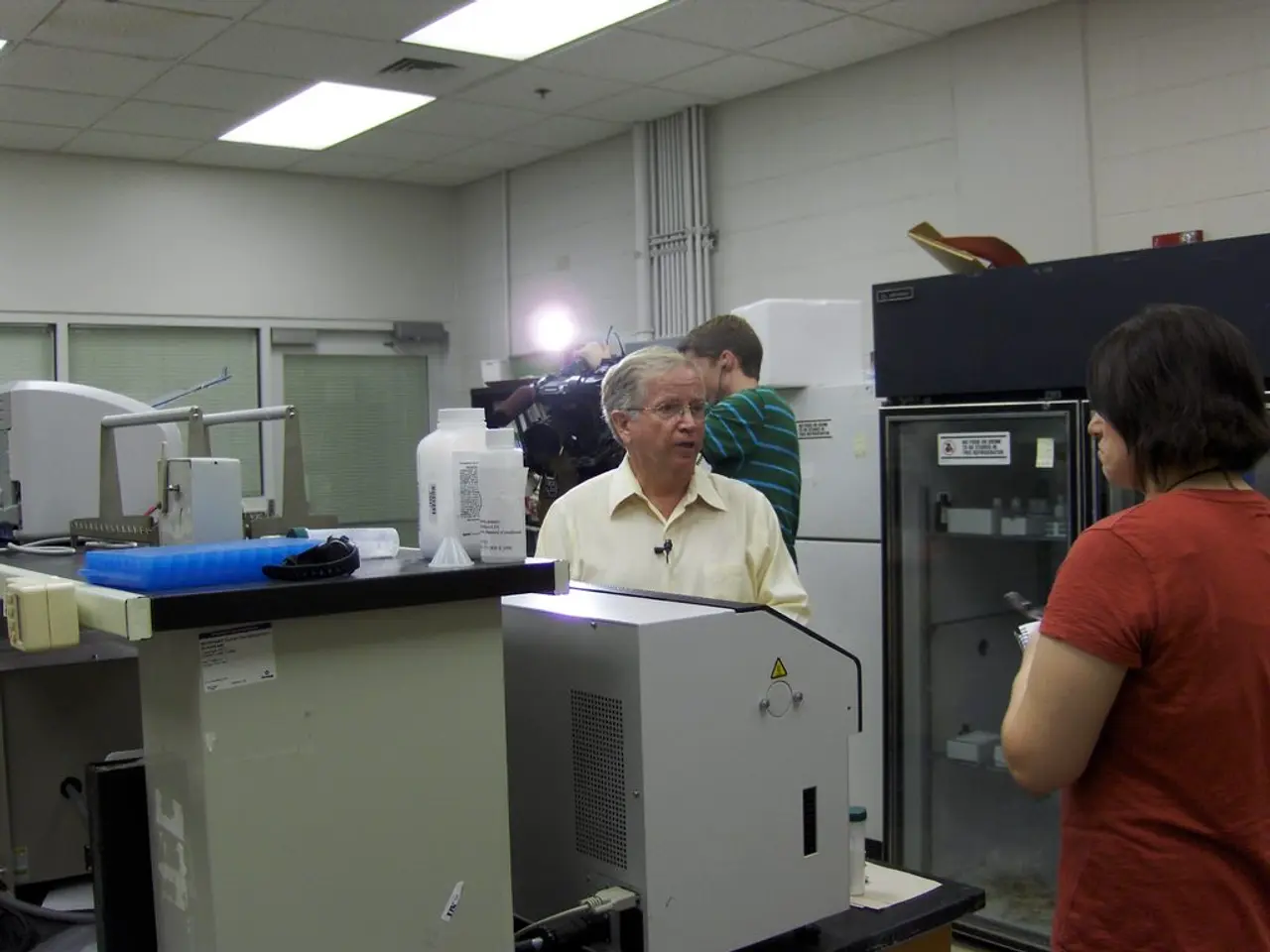Potential Alignment of Climate Policies between Europe and China
The clean tech race is heating up, and China has taken the lead by a wide margin. As Europe grapples with its own decarbonization efforts, a collaborative clean trade and investment agreement between the EU and China could offer significant benefits and face notable challenges.
Potential Benefits
Accelerated decarbonization and industrial growth are at the forefront of this potential partnership. China's cost-competitive production and investment in European battery and electric vehicle (EV) supply chains could help the EU scale up its clean tech manufacturing and reduce emissions faster, contributing to global climate goals.
Economic synergies and job creation are another advantage. Chinese investment supports production capacity and regional employment in Europe, while the EU market offers leverage to shape terms beneficial for both sides, promoting smarter interdependence rather than decoupling.
Technology collaboration and innovation are key to this partnership. Joint ventures and structured mobility schemes could facilitate shared research labs, standards alignment, and exchanges of expertise that foster innovation and resilience in supply chains. Coordinated policies could also enhance carbon markets, enabling companies involved in clean tech to trade carbon credits, which boosts emissions reductions especially in challenging sectors.
Long-term strategic planning is also essential. Aligning investment and trade rules could address asymmetries and regulatory differences, leading to more balanced market access, clearer sustainability rules, and stability in clean tech value chains critical for future growth.
Challenges
Market distortions and dependency risks are potential obstacles. Chinese investments bring risks of subsidized competition, potential economic dependency, and national security concerns linked to digital assets and data access. The fragmented EU approach undermines collective bargaining power.
Trade frictions and tariffs are another challenge. EU carbon tariffs and stricter trade-defense measures targeting Chinese exports intensify tensions, complicating cooperation and potentially disrupting integrated value chains.
Balancing local content requirements with openness is complex. While they promote local industry development, such requirements can generate trade disputes or hinder investment flows if perceived as protectionist.
The environmental impact of supply chains is another concern. Clean tech production depends on mining rare earths and lithium, which have environmental costs. Without decarbonizing upstream processes, cooperation risks exporting “dirty green” technologies that undermine climate goals.
Regulatory and political alignment is another challenge. Differing governance models, standards, and political priorities require sustained dialogue and trust-building. Disputes over market access and political rhetoric can delay establishing effective frameworks like a renewed Comprehensive Agreement on Investment ("CAI 2.0").
Specific Focus Areas
To navigate these challenges, specific focus areas include local content requirements, joint ventures, calibrated trade measures, structured mobility schemes, and long-term planning. A well-crafted EU-China agreement leveraging market access as leverage, joint innovation, and strategic planning can drive significant benefits in clean tech transition but must carefully navigate trade, security, environmental, and regulatory challenges to be successful.
The EU and China are more aligned than many realize, as both are net fossil fuel importers, major producers of zero-carbon technologies, and have bet on the energy transition as the most viable path to competitiveness and innovation. Collaboration between the EU and China on decarbonization efforts would yield economic and geopolitical dividends for both sides, strengthening the EU's resilience, bolstering its industrial sector, and cementing the bloc as a leader in clean tech.
In the coming months, the next meeting of the Council of the EU in September, under the Danish presidency, would be pivotal in keeping the world on track to meet the Paris climate agreement's 1.5°C goal. Chinese firms like Contemporary Amperex Technology Co, the world's largest battery maker, and Chinese firm BYD Co, China's leading EV manufacturer, have already unveiled innovative solutions such as electric vehicle (EV) batteries capable of delivering a driving range of 520km after just five minutes of charging and their own ultra-fast charging system, respectively.
The stakes are high, and a successful partnership between the EU and China would involve reducing EU reliance on Chinese imports while moving up the value chain, and maintaining China's access to a high-value export market amid a shifting global trade environment.
- The clean tech manufacturing sector could witness accelerated growth and decarbonization as a result of collaboration between the EU and China, with China's cost-competitive production and investment in European battery and EV supply chains potentially contributing to environmental-science advancements.
- The joint partnership could foster technology collaboration and innovation through joint ventures, structured mobility schemes, and shared research labs, enabling companies in finance and industry to trade carbon credits and boost emissions reductions in challenging sectors.
- Leveraging technology and finance to foster collaboration and innovation in the environmental-science sector would not only offer significant economic synergies and job creation but also bolster both the EU and China's positions as global leaders in clean technology,setting them apart in the global race towards decarbonization.



